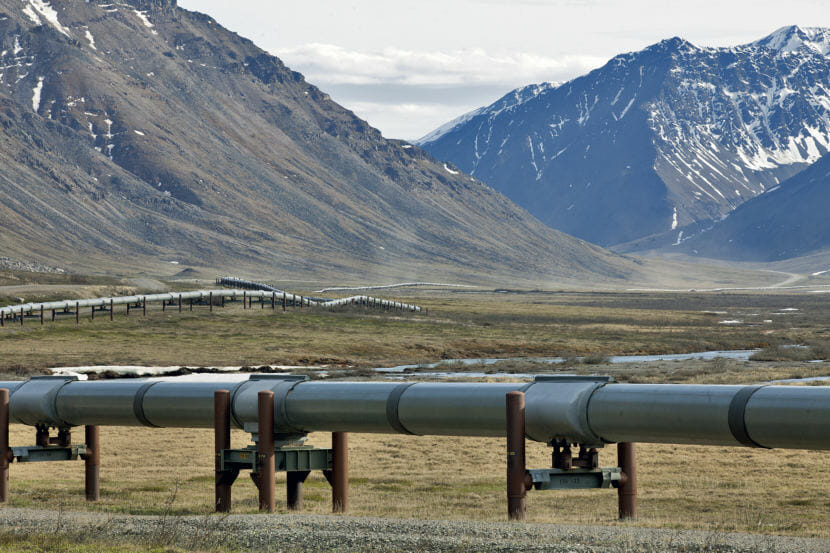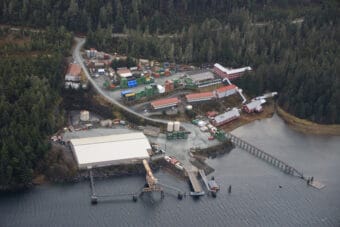
North Slope oil production is projected to rise significantly in the next decade, according to a state production forecast presented to lawmakers on Wednesday.
Oil production has been flat or declining over the past five years. In the short term, it’s expected to stay fairly stable at roughly 480,000 barrels per day through mid-2025. But the commissioner of Alaska’s Department of Natural Resources, John Boyle, told lawmakers Wednesday that he expects a more than 30% increase by the start of the 2033 fiscal year in mid-2032.
“We are realizing currently a major boom in investment, and I think it’s safe to say that we really are starting a new chapter when it comes to the future of the North Slope and the types of operators that we’re seeing up there,” Boyle told the Senate Finance Committee.
Boyle said he expects major projects like ConocoPhillips’ Willow and Santos’ Pikka to drive much of the growth. The state’s forecast anticipates production exceeding 630,000 barrels per day by 2032. Pikka is expected to start production in 2026, with Willow following in 2029.

Boyle said he’s also encouraged to see a returning oil producer, Apache partnering with Armstrong to drill three wells on the eastern portion of the North Slope
By the end of the decade, Boyle expects existing fields like Prudhoe Bay to make up a minority of the oil flowing through the trans-Alaska pipeline.
Sen. Bert Stedman, a Sitka Republican and co-chair of the Senate Finance Committee, welcomed the forecast.
“Things look a lot brighter, especially with all the national headwinds on oil and gas. We’ve done well, relatively speaking, with what we have to deal with, so we do have a bright future in our oil basin,” Stedman said.
The state also offers high-end and low-end forecasts, which diverge significantly. The high-end forecast shows production climbing to nearly a million barrels per day by 2032, and the low-end forecast would have production falling by roughly 20% over that same period. For the past year, production came in roughly 3% lower than the state’s forecast.


